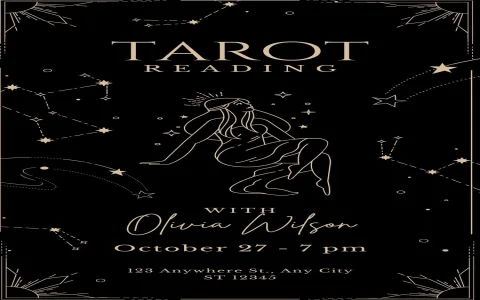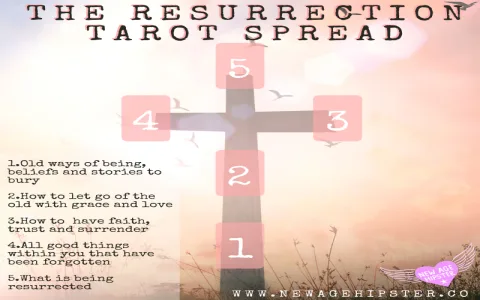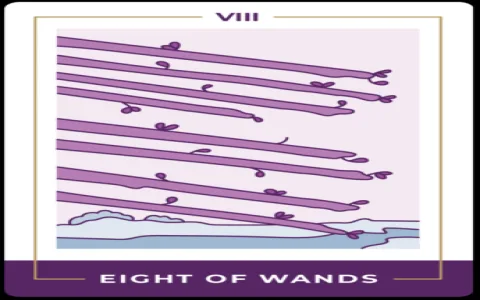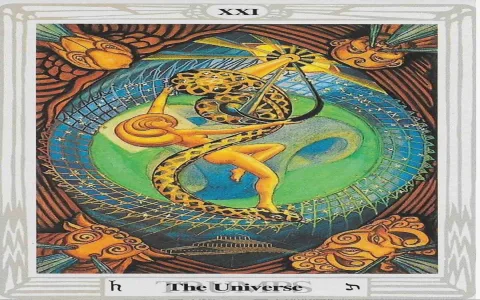Man, when I first started pulling cards, I was a total mess. I think everyone starts with that super basic three-card thing—Past, Present, Future. It sounds great on paper, right? But the readings I got were always so thin. Kinda vague. Like, “Oh, you were struggling, now you’re feeling okay, and the future is… maybe bright?” Total headache. It never really gave me anything I could use.
I tried the big one, the Celtic Cross, because everyone talks about it. Ten cards! Talk about overwhelming. I spent more time trying to figure out which position meant “hopes and fears” and which meant “environment” than actually focusing on the damn cards. It took half an hour just to lay it out and remember the layout. I realized fast that complexity doesn’t equal clarity. I needed something practical. Something that forced the cards to tell a real story, not just throw a bunch of random symbols at me.
That’s when I settled on the five-card spread. Five is the sweet spot. It’s enough information to build a narrative but not so many that you get lost in the weeds. I just grabbed five random cards and started using the standard positions most books push: Situation, Obstacle, Advice, Outcome, and Final Result. And guess what? Still sucked. Why? Because I was reading them like a checklist. I’d pull The Tower for Obstacle, look up The Tower, write down “sudden change,” and move on. The five individual meanings didn’t link up. It felt like five different people yelling advice at me.
The Shift: Reading the Spread Like a Sentence
I realized I needed to stop reading five separate cards and start reading one long sentence. The relationship between the cards, the flow, that’s what matters. I actually tossed out the traditional position labels. They were locking me in too much. I swapped them for something that felt more alive—a movement, a psychological journey. I mapped out the process I use now, which forces the accuracy because it forces the narrative.
Here’s the breakdown of the exact process I started using. This is what finally unlocked the readings for me. You gotta stop treating the center card as just “Advice” and start treating it as the Pivot Point.
- Card 1: The Root & History. This is the foundation. It’s not just the current situation; it’s what led you to ask the question in the first place. This card sets the emotional tone.
- Card 2: The Tension. This card must be read in direct conflict with Card 1. If Card 1 is stability, Card 2 is what is rattling that stability. This is the friction, the internal or external block that makes the reading necessary.
- Card 3: The Pivot (The Crux of the Matter). This is the most important position, the card holding all the energy right now. It is the immediate emotional state or the current energy required to move through the tension (Card 2). It dictates the flavor of the solution.
- Card 4: The Action Required. Look at Card 3. If that center card is the feeling, Card 4 is the physical or mental step you need to take. It is the immediate, practical ‘how-to’ step.
- Card 5: The Outcome/Trajectory. This is where things are headed if you actually commit to the action in Card 4. Crucially, I learned that this card is NOT fate. It’s the potential trajectory. If you ignore the reading, this card will change.
My Secret Weapon: The First Glance Rule
I found the most powerful thing, the one thing that changed my accuracy from ‘kinda right’ to ‘holy cow, spot on,’ was what I call the First Glance Rule. I physically close the book, put it on the shelf, and I just look at the five cards laid out.
I don’t name them. I don’t look up the details. I just focus on the feeling of the spread as a whole. Are there a lot of Swords? Then it’s a mind/stress issue. Are there a bunch of Cups? Then it’s an emotional/relationship issue. I let the suits yell at me first. I ignore the individual images until I understand the overall mood.
Then I start the narrative flow: 1 leads to 2 (conflict), 3 is the current state, 4 resolves 3, and 5 is the result. By the time I actually open the book, I already have a full narrative. I’m not using the book to interpret; I’m using the book to confirm the details of the story I already felt.
Trust me, if you’re using the little white book to tell you the story, you’re doing it wrong. You are the interpreter. The cards are just the alphabet. You have to put the words together.
I know this sounds crazy simple, but I was so focused on memorizing thirty-seven different meanings for the Ten of Swords that I missed the basic structure of storytelling. Once I started treating the cards as scenes in a play rather than individual definitions, the accuracy just skyrocketed. I was able to explain complex situations—like why someone keeps getting stuck in the same kind of toxic job—in a single, flowing explanation that made sense, rather than just listing five unfortunate events.
I remember one time I pulled a reading for myself. I was trying to figure out if I should take on this huge freelance project that paid well but would eat up my weekends. The spread I got was killer. Card 1 (Root) was the Nine of Pentacles—stability, financial comfort. Card 2 (Tension) was the Eight of Wands—rapid movement, impatience. The tension wasn’t that the project was bad; the tension was my eagerness to jump without thinking. Card 3 (Pivot) was the Hierophant in the reversed position—rebellion against structure, ditching the rules. The cards were telling me my current state was just wanting to be difficult and ignoring common sense.
Card 4 (Action) was the Two of Swords. What action? Stand still. Hold the blindfold. Don’t decide. The final card (Trajectory)? The Queen of Cups. Emotional fulfillment and intuition. The message was crystal clear: Stop being greedy and impatient (Wands), stop trying to rebel against sensible scheduling (Reversed Hierophant), just wait and listen (Two of Swords), and you’ll get the emotional fulfillment you actually need (Queen of Cups).
I followed the advice, let the project pass, and two weeks later, a much smaller, better-paying gig came up that only required five hours a week. It was exactly what the Queen of Cups promised. That’s the difference between reading symbols and reading the flow. You gotta practice that flow. Get past the card names and start reading the story it wants to tell you.





